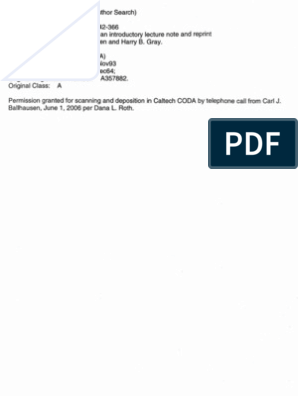0% found this document useful (0 votes)
53 views10 pagesClass 9-Atomic Structure
The document discusses atomic structure, comparing Dalton's atomic theory with modern atomic theory, highlighting the divisibility of atoms and the existence of isotopes. It covers various concepts such as inert elements, valence electrons, isotopes of hydrogen, and the significance of atomic numbers and electronic configurations. Additionally, it explains chemical reactions, the role of electrons, and the properties of isotopes, including their applications in medicine and nuclear energy.
Uploaded by
Hafiz AbbasiCopyright
© © All Rights Reserved
We take content rights seriously. If you suspect this is your content, claim it here.
Available Formats
Download as PDF, TXT or read online on Scribd
0% found this document useful (0 votes)
53 views10 pagesClass 9-Atomic Structure
The document discusses atomic structure, comparing Dalton's atomic theory with modern atomic theory, highlighting the divisibility of atoms and the existence of isotopes. It covers various concepts such as inert elements, valence electrons, isotopes of hydrogen, and the significance of atomic numbers and electronic configurations. Additionally, it explains chemical reactions, the role of electrons, and the properties of isotopes, including their applications in medicine and nuclear energy.
Uploaded by
Hafiz AbbasiCopyright
© © All Rights Reserved
We take content rights seriously. If you suspect this is your content, claim it here.
Available Formats
Download as PDF, TXT or read online on Scribd
/ 10























































































